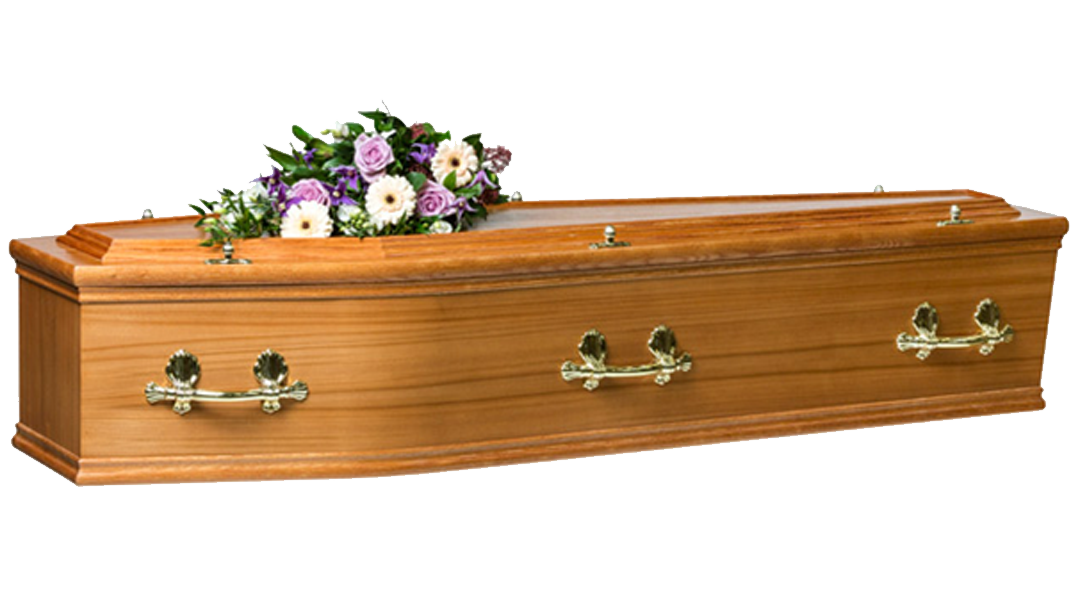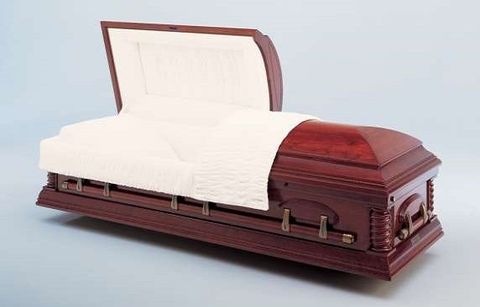
When choosing a Daisybox, you'll be celebrating the life of a left liked one in the most customised and dignified way. You or your friends and family can DIY embellish or have a favorite image printed or painted all over a Daisybox, as a last visual and conversation starter for all to appreciate a life well-lived. The final creative result is totally as much as you, with a growing global network of artists, printers and funeral arrangers all set to embrace your bespoke style requirements.
If a customized service is not what you're trying to find, then an unattended, low-priced direct-cremation, followed by a memorial service or event is also frequently practiced with a Daisybox "Standard" casket.
The truth there is now an option to a costly metal, lumber or engineered wood casket or coffin, is a much-requested reality.
Our team is constructing an international network of funeral arrangers who're delighted to use an inexpensive Daisybox as part of a customized funeral service. There is no time like the present to guarantee that client families have a large option of options than the standard ways. Funeral arrangers who welcome Daisybox ® are both innovative and watchful to the altering nature of client households.
Honouring the dead has actually been very important throughout history. However how did our ancestors bury their liked ones, what has altered and what has stayed the same? Discover in our quick history of coffins.
Stone Age burials
Neanderthals living in Eurasia 600,000 years ago buried their dead in shallow graves with a few personal mementos such as tools. These burials were really simple and typically acted as a way to prevent scavengers. Current discoveries show later Neanderthals carried out ancient burial rites. A 50,000-year-old skeleton discovered in a cave in France has actually lead scientists to believe that individuals would ceremoniously bury their dead even as far back as the Stone Age. Some Neanderthals embellished themselves with homemade jewellery consisting of different pigments, plumes and shells.
Ancient Egyptians
The Egyptians were experts at mummifying everything, from people to crocodiles. They held a strong belief that death was simply a barrier to the afterlife and they preserved the body so the spirit of "Ka" could direct them to paradise. Apart from the heart, which was needed for the Hall of Judgement, all organs were taken out and the body was embalmed and wrapped in linen. Just like today, there were a range of 'mummification packages' so that everyone from the extremely rich to the underprivileged could mummify their liked ones and guarantee they had a safe journey to the afterlife.

Middle ages coffin making
We'll never understand how Additional hints popular wood coffins were during Middle ages times due to the basic reality that most of them have actually broken down. Caskets made from lead and stone were reserved for the extremely rich or really crucial. The shape of these varied wildly from today's coffins; they were a rectangular-shaped alcove sculpted into stone, with a rounded circle at the top for the head - the best shape for an individual. An example of this can be found in the Greyfriars graveyard in Leicester, where Richard III was discovered. The lead coffin enclosed by a bigger stone casket consisted of the body of an old woman, who was said to be an important benefactor of Greyfriars between the 1200s and 1400s.
American Civil War
Although the French were the very first to coin the term 'casket', taken from the Greek term for 'basket,' it wasn't until the American Civil War began in 1861 that caskets were extensively utilized. Utilizing them to transport dead soldiers safely and safely, Americans began to standardize the casket we understand today. American Civil War caskets were commonly created from old wooden furniture as they were required. The initial caskets quickly streamlined into 'coffins' - the difference being that coffins have six sides and caskets have four sides.
Victorian coffins
The first casket factory museum opened just recently in Birmingham. Previously among Britain's most popular casket makers, the Newman Brothers Casket Furniture Factory catered for the Victorians' 'obsession' with death. In the Victorian era, funerals were a big event and people would invest a great deal of cash on the occasion - consisting of trimmings such as brass manages, burial shrouds, breastplates and severe accessories. Burial vaults were especially popular and the caskets predestined for the vaults included 3 layers - one of which was lead. It wasn't uncommon for these coffins to weigh up to a quarter of a tonne.
Caskets today
Modern funeral services are viewed as a chance to commemorate life and a possibility to provide the person a send-off that matches their design and character. Today, over 75% of individuals are cremated, however even in a cremation, the coffin is an essential way to reflect and remember the personality of the deceased. Whether it's a smart gloss-black coffin or a coffin inspired by the individual's favourite football club-- there is a huge variety of options available to families. There is also an increasing variety of individuals going with environment-friendly caskets and even 'natural burial pods' where your enjoyed one's remains will support the development of a tree.